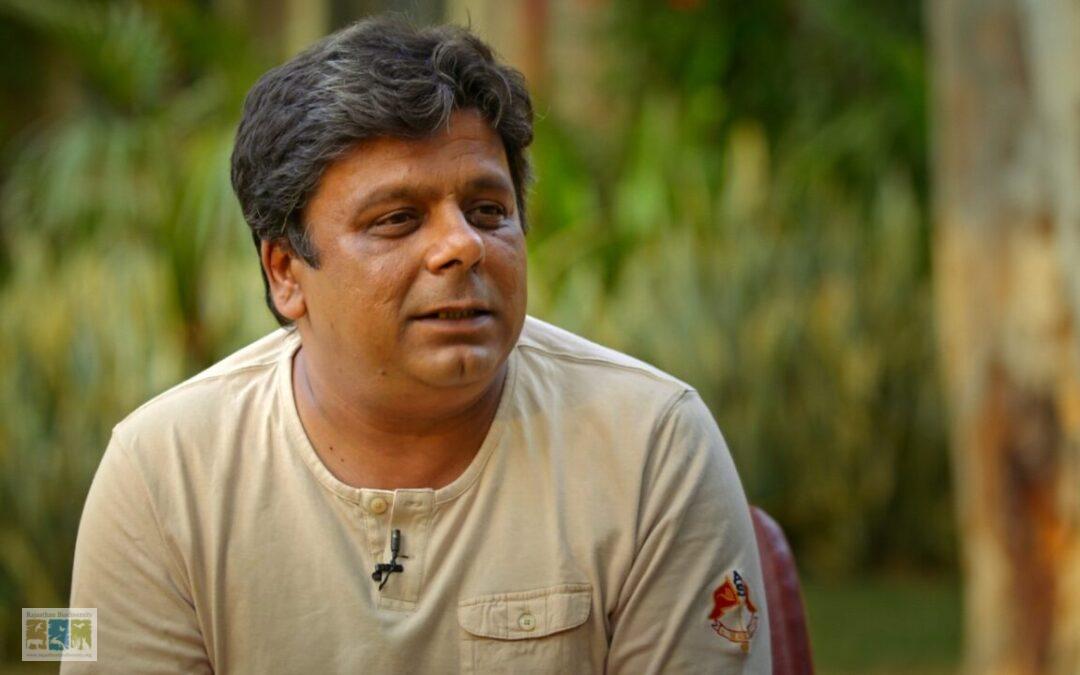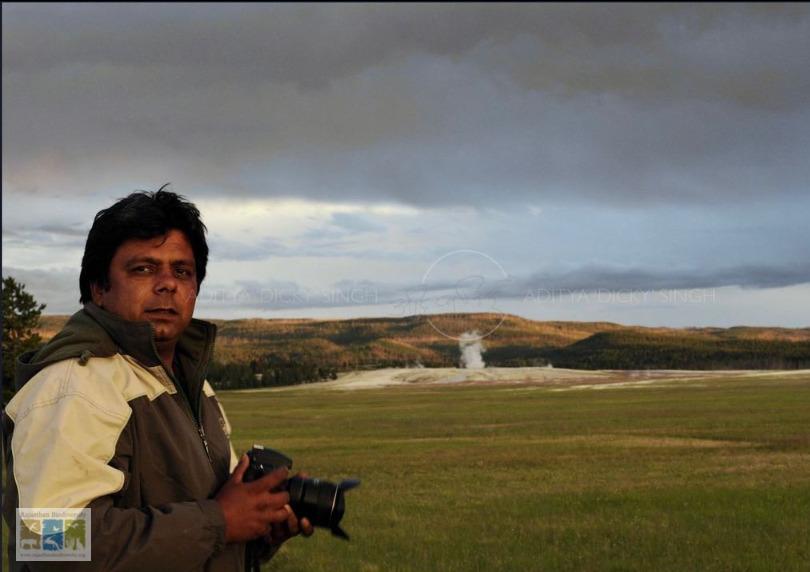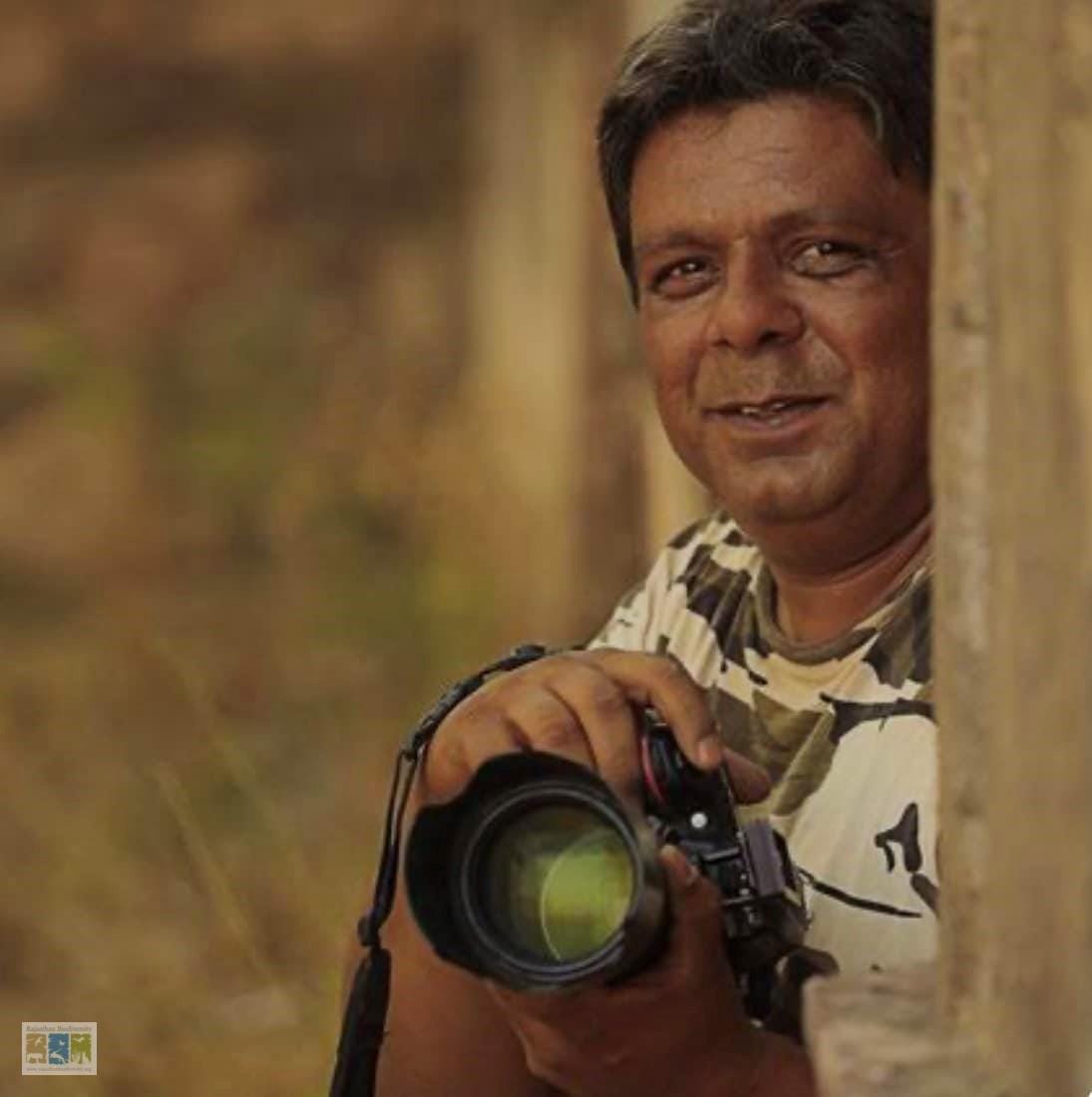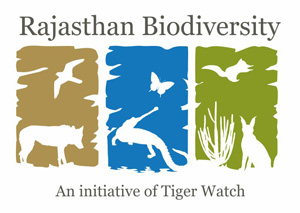
Aditya ‘Dicky’ Singh (1966-2023): A Legacy of Conservation, Photography, and Fearless Advocacy for Tigers and Wildlife
Aditya ‘Dicky’ Singh, a name known for many things, I shall list some of them here – from being an outdoor enthusiast, a wildlife lover, an incredible photographer, a highly intelligent individual, a friend with an open heart and a home for everyone, a devoted worshiper of tigers, a compassionate soul towards all living beings, a cheerful personality whose joie de vivre was contagious, and to an exceptional human being who was free from the shackles of societal norms. All of this was a result of the unique upbringing and rich heritage that Aditya received from his family. He was born on May 24, 1966, in Allahabad (now Prayagraj).
Aditya’s father, Brigadier Naresh Bahadur Singh Bhadauria, and mother Aruna Singh remained constant blessings throughout his life. His family originally had roots in the Bhind region of Madhya Pradesh, but later shifted to the Kanpur region of Uttar Pradesh. In an ironic twist, Aditya eventually returned to the Chambal region in adulthood, albeit this time on the other side of the Chambal river, by making Ranthambhore in Rajasthan his home. Despite a childhood that was spent constantly on the move due to his father’s military service, living in Delhi, Bangalore, Allahabad (now Prayagraj), Jaipur, and Bikaner, Aditya’s family nevertheless maintained their connections to the Chambal region.

Aditya in his own way, followed in the footsteps of his courageous father and grandfather, both of whom were military veterans. His grandfather, Major Mohan Singh, was a distinguished war veteran who participated in the Second World War and fought against the Axis forces in five different countries in North Africa, and then against Pakistani irregulars in Jammu & Kashmir scarcely three years later. It was precisely because of this extensive experience, that despite being a Special List Quartermaster (non-combat role), he was appointed a Company Commander of an Infantry Battalion and given command of a Rifle Company in the Chhamb-Jaurian sector of Jammu & Kashmir during the 1965 Indo-Pak war! He made the supreme sacrifice for the nation in a fierce battle in 1965, becoming the only Quartermaster to ever fight and be martyred for the nation in the history of the Indian Armed Forces. Major Mohan Singh’s name is commemorated at the National War Memorial, and Aditya always said with great pride that he was the ‘bravest man I have never met’, having been born just one year after the war in 1966. Aditya’s father, Brigadier Naresh Bahadur, served as a Brigadier in the Rajputana Rifles and retired as the Commandant of the Regimental Center. He also saw action in various wars, such as the India-China war of 1962, the Indo-Pak wars of 1965 (in the same sector as Major Mohan Singh), and 1971. His dedication to the nation was recognized with the Vishisht Seva Medal. Aditya received his early education at Modern School, Barakhamba Road, Delhi.

Aditya was known for acing exams, and on one occasion his exam papers were stolen, leading to a hilarious incident where his friends resorted to copying his answers in the school bathroom. Even today, his photographic style has its never-ending share of mimics, and his tiger photographs are widely used by all and sundry. In his early years, Aditya excelled in 100-meter sprints. He was advised to utilize the structure and height of his legs to become a proficient sprinter and went on to represent Delhi state. Aditya first pursued engineering at BMS College, Bangalore. His brother Vikram also joined the same college. Aditya specialized in civil engineering with a focus on building bridges. He eventually decided to become an IAS officer, but soon realized that this line of work was not his true calling. He quit the IAS without wasting much time and gave up his bureaucratic career, which even today, is quite unthinkable in the Indian context. During this period, Poonam entered his life, and he thus found another family.

Aditya and Poonam chose Ranthambhore as their new home in 1998, and eventually, Ranthambhore became their tiger abode. Social media was not prevalent at the time, and few people knew anything about tigers, but Aditya’s fingers were always on the pulse of Ranthambhore’s successive tiger generations, and a steadily growing section of enthusiasts eagerly awaited his blog posts on the subject. Aditya was also a trusted partner of the Ranthambhore Forest Department. For them, Aditya brought it all to the table- a complete disinterest in fame, a lack of shame in hard work, and a unique connection with people, along with a wealth of new ideas.

After the success of the first BBC documentary he worked on, hardly any film project related to Ranthambhore could have been completed without Aditya’s inputs. He collaborated with world-renowned wildlife filmmakers, offering advice and support on filming tigers, and working with organizations like National Geographic, Animal Planet, Discovery, Disney, and more.

Often speaking fearlessly and candidly on the scientific aspects related to nature and wildlife, Aditya spoke appropriately when needed, harshly when required, yet always truthfully. He spoke without pretence, and without any selfishness, it was never about him. He was a true and authentic voice for the tigers of Ranthambhore. Aditya and Poonam’s constant concern for the well-being of Ranthambhore’s wildlife eventually led them to buy 35 acres of barren land outside Ranthambhore and over 21 years, convert it into a jungle.
Today, it has become a magnificent place where thousands of trees thrive, and both the tiger and multiple prey species benefit from it. On September 6th 2023, Aditya left for his final abode, leaving those of us who had the privilege of knowing him devastated and mourning his loss. However, we can perhaps take comfort in the fact that Aditya leaves behind a rich legacy that is truly matchless and will undoubtedly continue to be a source of inspiration for scores of future wildlife conservationists, photographers, enthusiasts and free thinkers for many years to come.

This is especially true for his young daughter Nyra, who has already begun demonstrating that she has inherited her father’s innate proficiency with the camera.
